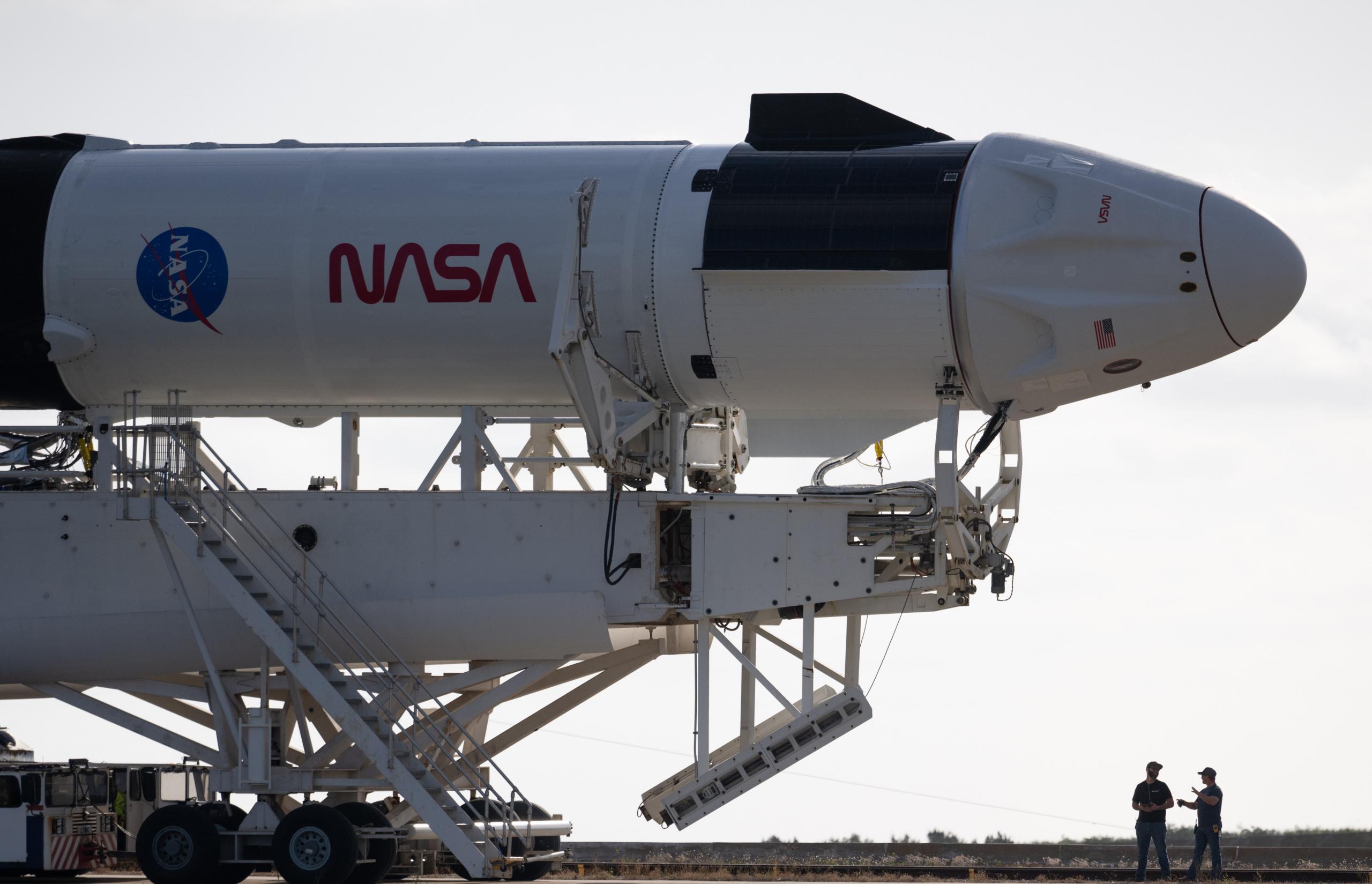
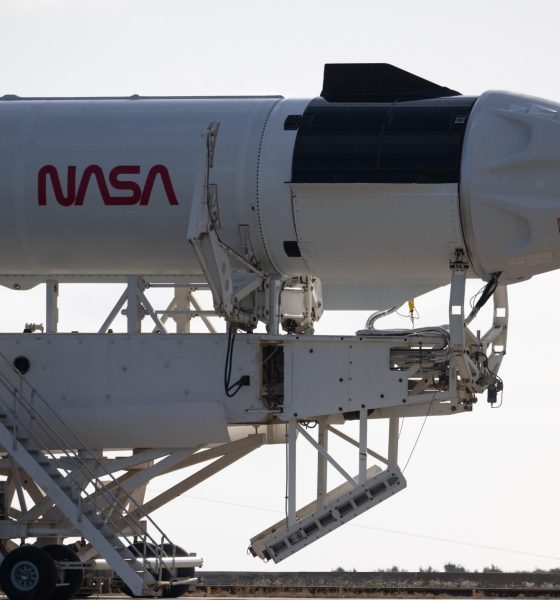
News
SpaceX bests Boeing to become NASA’s largest for-profit vendor
Fourteen years after winning its first major NASA contract, data shared by Aviation Week reporter Irene Klotz shows that SpaceX has usurped every other major aerospace company in the US to become the space agency’s largest for-profit vendor.
SpaceX’s ascension up those ranks has been arduous and far from guaranteed, but the company now provides NASA with a wide range of relatively affordable spaceflight services. SpaceX was paid a record $2.04 billion for those services in the 2022 fiscal year. Only the California Institute of Technology (Caltech), a nonprofit that includes the entirety of the Jet Propulsion Laboratory (JPL) and received $2.68 billion in the same period, ranks higher on NASA’s list of FY2022 vendors. Boeing came in third with $1.72 billion, followed by Lockheed Martin with $1.34 billion.
Cargo
NASA kickstarted its relationship with SpaceX in December 2008 when it awarded the company a $1.5 billion contract to develop the first versions of the Cargo Dragon spacecraft and Falcon 9 rocket and deliver cargo to the International Space Station (ISS). Famously, founder and CEO Elon Musk once told 60 Minutes that, to a degree, NASA’s contract saved SpaceX from imminent bankruptcy and possible dissolution.
Saved by the infusion of resources, SpaceX successfully debuted Falcon 9 in June 2010 and began operational ISS cargo deliveries under NASA’s Commercial Resupply Services (CRS) program in October 2012. Aside from a survivable engine failure on CRS-1 (2012) and one catastrophic Falcon 9 failure on CRS-7 (2015), NASA and SpaceX’s CRS cooperation has been a thorough success. SpaceX is just a few weeks away from CRS-26, which will likely become Cargo Dragon’s 26th successful ISS cargo delivery in 10 years.
NASA ultimately paid SpaceX $3.04 billion to complete its first 20 CRS missions. SpaceX’s newer CRS-2 contract, which bore launches in January 2021, has 15 missions on contract and will likely cost NASA another $3.5 billion by the mid-2020s. SpaceX launches an average of three CRS missions per year, likely translating to about $700 million in annual revenue. SpaceX completed two Cargo Dragon launches for NASA in FY2022.
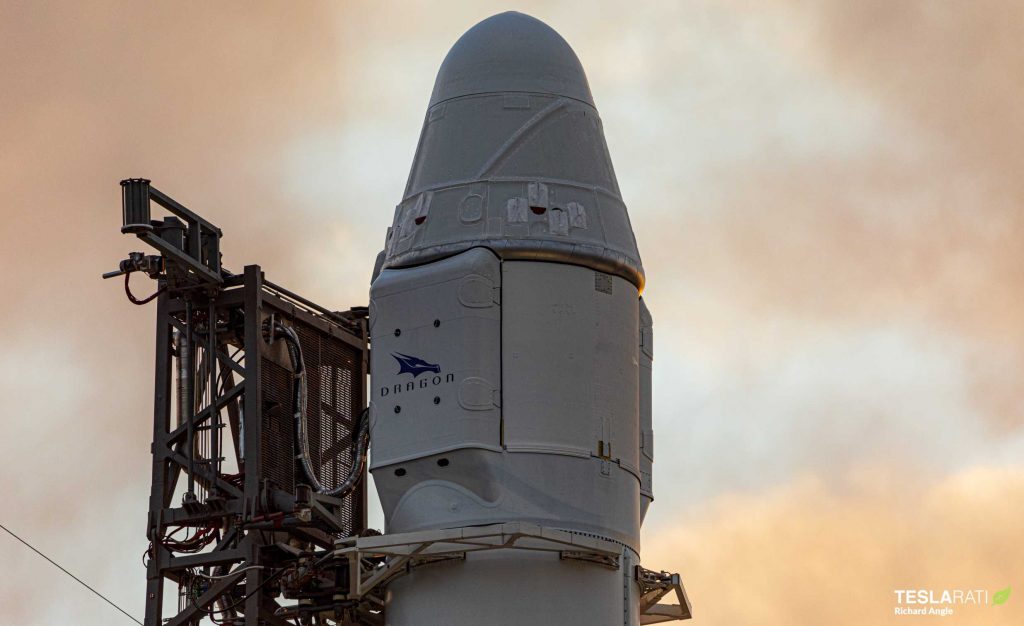
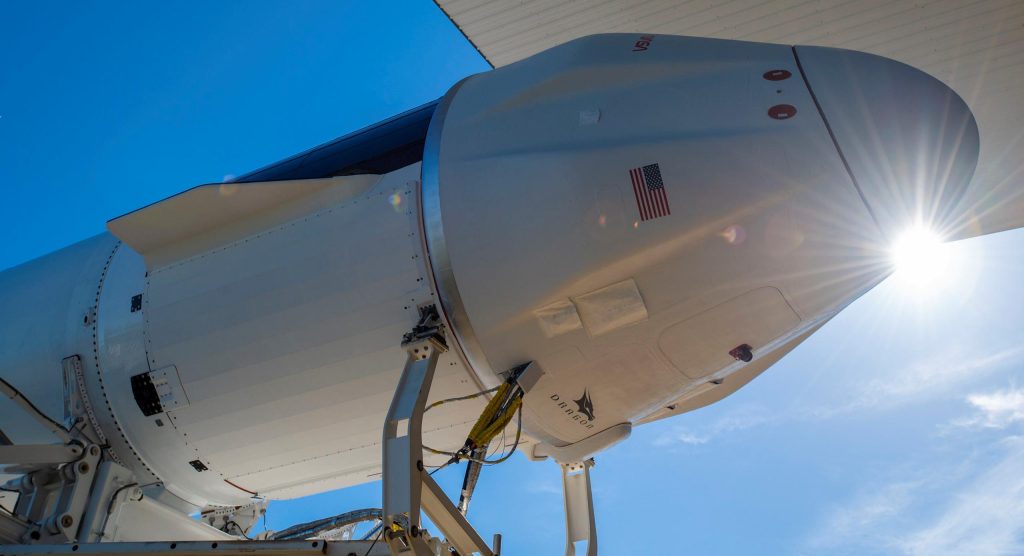
Crew
The second biggest contributor to SpaceX’s NASA revenue is Crew Dragon. In 2014, NASA contracted with SpaceX and Boeing to independently develop spacecraft capable of safely transporting astronauts to and from the International Space Station (ISS), taking over the role the Space Shuttle and Russian Soyuz spacecraft filled from 2000 to 2020. Crew Dragon completed its first uncrewed orbital test flight in March 2019 and its first crewed test flight in May 2020. Operational launches began in November 2020.
Subverting all expectations, Boeing’s Starliner crew capsule completed its first fully successful uncrewed test flight in May 2022, a full three years behind SpaceX. Starliner’s first crewed test flight is now scheduled no earlier than (NET) February 2023, while its first operational astronaut launch is tentatively scheduled for Q3 2023 at the earliest. Thanks to Boeing’s woeful performance, SpaceX has been responsible for launching every NASA astronaut (save one) since late 2020 and will continue to do so well into 2023. That means that SpaceX is on call for two Crew Dragon launches per year for NASA, whereas the Commercial Crew Program originally hoped that SpaceX and Boeing would each launch once per year.
In 2022, NASA took the extraordinary step of purchasing eight additional Crew Dragon launches while buying zero extra Starliner launches. Through 2030, SpaceX is now under contract to complete 14 operational Crew Dragon missions for NASA for $4.93 billion – less than the $5.1 billion NASA will pay Boeing for just six operational Starliner launches. For its first six operational missions, SpaceX is charging NASA about $220 million apiece. For Crew-7 through Crew-14, SpaceX will charge approximately $290 to $300 million per mission.
SpaceX completed two Crew Dragon launches for NASA in FY2022.
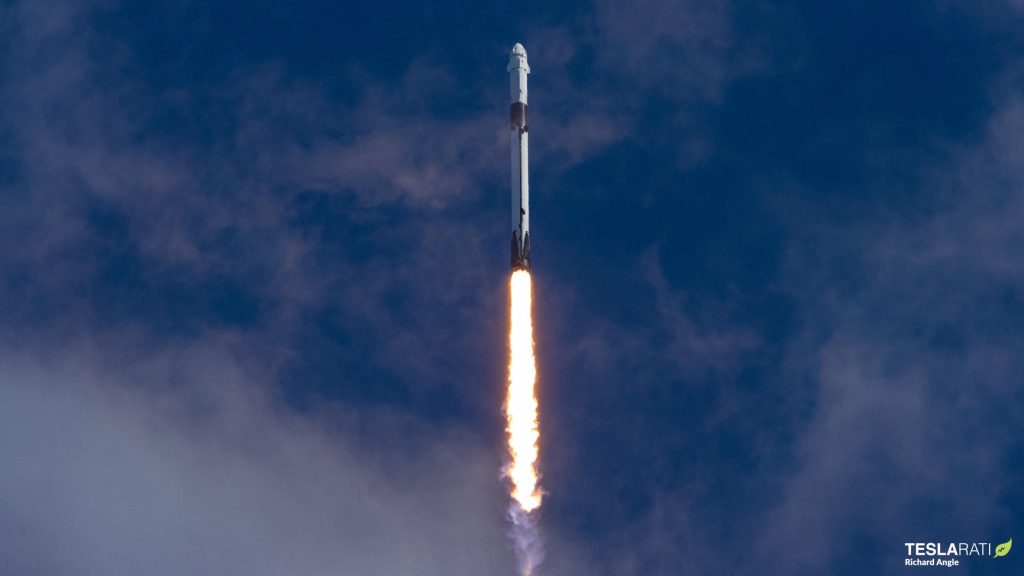
Falcon
Aside from launching Dragons for NASA, SpaceX’s Falcon 9 and Falcon Heavy rockets are also heavily relied upon to launch a wide range of scientific spacecraft through the Solar System. Since 2010, NASA’s Launch Services Program (LSP) has paid SpaceX almost $1 billion to complete six launches (worth about $400M) and prepare for at least nine others. The nine additional LSP launches SpaceX is scheduled to complete between November 2022 and June 2026 will cost NASA around $1.4 billion. Five of those missions will use SpaceX’s larger Falcon Heavy rocket and represent more than $1 billion of that $1.4 billion.
In FY2022, SpaceX completed two NASA LSP launches for about $120 million.
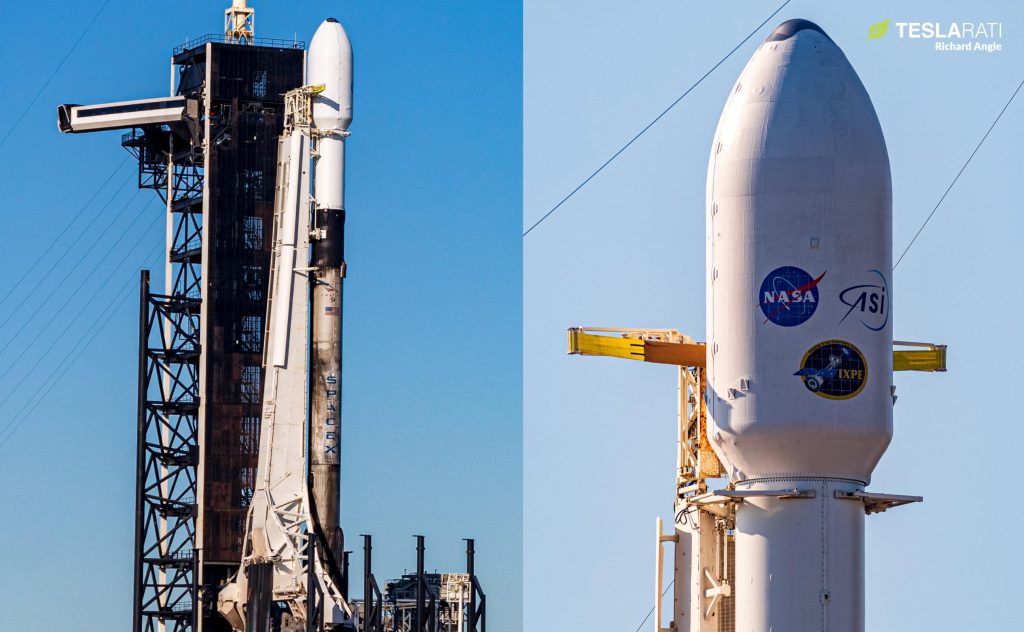
Starship
Finally, the last major line item on NASA’s SpaceX expenditures is focused on Starship. In April 2021, NASA awarded SpaceX a $2.9 billion Human Landing System (HLS) contract (~$3 billion including previous funding) to develop a Starship-derived Moon landing system capable of transporting astronauts to and from the lunar surface. Since 2020, NASA has paid SpaceX $1.26 billion for its work on HLS, more than $800 million of which was disbursed in FY2022.
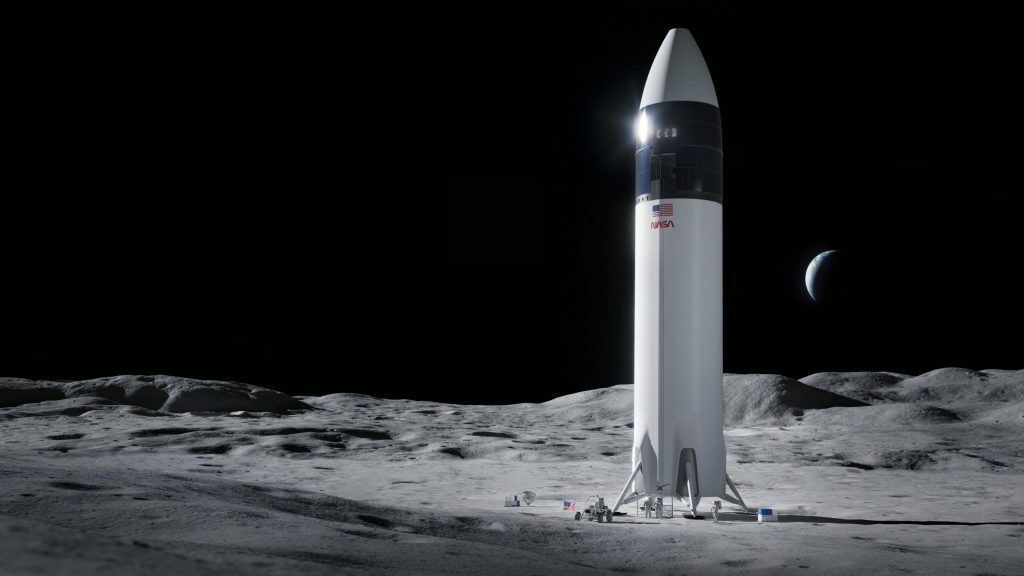
All told, a rough estimate of the four programs above accounts for about $1.82 billion of the $2.04 billion NASA paid SpaceX in FY2022. SpaceX was also paid about $50 million for work on its 2024 launch of Europa Clipper, leaving about $170 million that can probably be explained by other advance payments for work on upcoming Dragon and LSP launches.

News
I subscribed to Tesla Full Self-Driving after four free months: here’s why
It has been incredibly valuable to me, and that is what my main factor was in considering whether to subscribe or not. It has made driving much less stressful and much more enjoyable.

I have been lucky enough to experience Tesla Full Self-Driving for the entire duration of my ownership experience for free — for four months, I have not had to pay for what I feel is the best semi-autonomous driving suite on the market.
Today, my free trial finally ran out, and I had two choices: I could go without it for a period until I felt like I absolutely needed it, or I could subscribe to it, pay $99 per month, and continue to experience the future of passenger transportation.
I chose the latter, here’s why.
Tesla Full Self-Driving Takes the Stress Out of Driving
There are a handful of driving situations that I don’t really enjoy, and I think we all have certain situations that we would just rather not encounter. This is not to say that I won’t ever experience them as someone who has driven a car for 15 years (it feels weird saying that).
I don’t love to drive in cities; I really don’t like driving on I-695 on my way to Baltimore, and I truly hate parallel parking. All three things I can do and have done, all three within the past few weeks, too.
It takes all the stress out of city driving pic.twitter.com/q0SPPrH4HU
— TESLARATI (@Teslarati) December 4, 2025
However, if I can avoid them, I will, and Tesla Full Self-Driving does that for me.
Tesla Full Self-Driving Eliminates the Monotony
I drive to my alma mater, Penn State University, frequently in the Winter as I am a season ticket holder to Wrestling and have been for 16 years now.
The drive to State College is over two hours and over 100 miles in total, and the vast majority of it is boring as I travel on Rt 322, which is straight, and there is a lot of nature to look at on the way.
I am willing to let the car drive me on that ride, especially considering it is usually very low traffic, and the vast majority of it is spent on the highway.
The drive, along with several others, is simply a boring ride, where I’d much rather be looking out the windshield and windows at the mountains. I still pay attention, but having the car perform the turns and speed control makes the drive more enjoyable.
Tesla Full Self-Driving Makes Navigating Easier
Other than the local routes that I routinely travel and know like the back of my hand, I’ve really enjoyed Full Self-Driving’s ability to get me to places — specifically new ones — without me having to constantly check back at the Navigation.
Admittedly, I’ve had some qualms with the Nav, especially with some routing and the lack of ability to choose a specific route after starting a drive. For example, it takes a very interesting route to my local Supercharger, one that nobody local to my area would consider.
But there are many times I will go to a new palce and I’m not exactly sure where to go or how to get there. The Navigation, of course, helps with that. However, it is really a luxury to have my car do it for me.
To Conclude
There was no doubt in my mind that when my Full Self-Driving trial was up, I’d be subscribing. It was really a no-brainer. I am more than aware that Full Self-Driving is far from perfect, but it is, without any doubt, the best thing about my Tesla, to me.
It has been incredibly valuable to me, and that is what my main factor was in considering whether to subscribe or not. It has made driving much less stressful and much more enjoyable.
🚨 How I’ve gotten Tesla Full Self-Driving for free…until now
Watch me subscribe to Tesla FSD! https://t.co/bjK7EEOptR pic.twitter.com/cs5CmN5PdJ
— TESLARATI (@Teslarati) January 7, 2026
News
Tesla Diner becomes latest target of gloom and doom narrative

The Tesla Diner has been subject to many points of criticism since its launch in mid-2025, and skeptics and disbelievers claim the company’s latest novel concept is on its way down, but there’s a lot of evidence to state that is not the case.
The piece cites anecdotal evidence like empty parking lots, more staff than customers during a December visit, removed novelty items, like Optimus robot popcorn service and certain menu items, the departure of celebrity chef Eric Greenspan in November 2025, slow service, high prices, and a shift in recent Google/Yelp reviews toward disappointment.
The piece frames this as part of broader Tesla struggles, including sales figures and Elon Musk’s polarizing image, calling it a failed branding exercise rather than a sustainable restaurant.
This narrative is overstated and sensationalized, and is a good representation of coverage on Tesla by today’s media.
Novelty Fade is Normal, Not Failure
Any hyped launch, especially a unique Tesla-branded destination blending dining, Supercharging, and a drive-in theater, naturally sees initial crowds taper off after the “Instagram effect” wears down.
Tesla makes major change at Supercharger Diner amid epic demand
This is common for experiential spots in Los Angeles, especially pop-up attractions or celebrity-backed venues. The article admits early success with massive lines and social media buzz, but treats the return to normal operations as “dying down.”
In reality, this stabilization is a healthy sign of transitioning from hype-driven traffic to steady patronage.
Actual Performance Metrics Contradict “Ghost Town” Claims
- In Q4 2025, the Diner generated over $1 million in revenue, exceeding the average McDonald’s location
- It sold over 30,000 burgers and 83,000 fries in that quarter alone. These figures indicate a strong ongoing business, especially for a single-location prototype focused on enhancing Supercharger experiences rather than competing as a mass-market chain
It’s not a ghost town lol. The @Tesla Diner still had over 30,000 burger orders and 83,000 fries orders in Q4. The diner generated over $1M in revenue in Q4, a $4M annual run rate, which is more than the average McDonald’s…. pic.twitter.com/XvAGLUqxej
— Sawyer Merritt (@SawyerMerritt) January 4, 2026
Conflicting On-the-Ground Reports
While the article, and other similar pieces, describe a half-full parking lot and sparse customers during specific off-peak visits, other recent accounts push back:
- A January 2026 X post noted 50 of 80 Supercharger stalls were busy at 11 a.m., calling it “the busiest diner in Hollywood by close to an order of magnitude
TESLA DINER 🍔
Frantic!!!
Crazy busy. pic.twitter.com/wMbmr8SFFn
— Rich & Sharon (@HullTeslaModel3) January 4, 2026
- Reddit discussions around the same time describe it as not empty when locals drive by regularly, with some calling the empty narrative “disingenuous anti-Tesla slop.”
When we visited it last week it was packed. We had to wait to enter, get a table and go to the restroom. We were lucky to find a spot to charge.
— Rani G (@ranig) January 4, 2026
Bottom Line
The Tesla Diner, admittedly, is not the nonstop circus it was at launch–that was never sustainable or intended. But, it’s far from “dying” or an “empty pit stop.”
It functions as a successful prototype: boosting Supercharger usage, generating solid revenue, and serving as a branded amenity in the high-traffic EV market of Los Angeles.
News
Tesla stands to win big from potential adjustment to autonomous vehicle limitations
Enabling scale, innovation, and profitability in a sector that is growing quickly would benefit Tesla significantly, especially as it has established itself as a leader.

Tesla stands to be a big winner from a potential easing of limitations on autonomous vehicle development, as the United States government could back off from the restrictions placed on companies developing self-driving car programs.
The U.S. House Energy and Commerce subcommittee will hold a hearing later this month that will aim to accelerate the deployment of autonomous vehicles. There are several key proposals that could impact the development of self-driving cars and potentially accelerate the deployment of this technology across the country.
These key proposals include raising the NHTSA’s exemption cap from 2,500 to 90,000 vehicles per year per automaker, preempting state-level regulations on autonomous vehicle systems, and mandating NHTSA guidelines for calibrating advanced driver assistance systems (ADAS).
Congress, to this point, has been divided on AV rules, with past bills like the 2017 House-passed measure stalling in the Senate. Recent pushes come from automakers urging the Trump administration to act faster amid competition from Chinese companies.
Companies like Tesla, who launched a Robotaxi service in Austin and the Bay Area last year, and Alphabet’s Waymo are highlighted as potential beneficiaries from lighter sanctions on AV development.
The NHTSA recently pledged to adopt a quicker exemption review for autonomous vehicle companies, and supporters of self-driving tech argue this will boost U.S. innovation, while critics are concerned about safety and job risks.
How Tesla Could Benefit from the Proposed Legislation
Tesla, under CEO Elon Musk’s leadership, has positioned itself as a pioneer in autonomous driving technology with its Full Self-Driving software and ambitious Robotaxi plans, including the Cybercab, which was unveiled in late 2024.
The draft legislation under consideration by the U.S. House subcommittee could provide Tesla with significant advantages, potentially transforming its operational and financial landscape.
NHTSA Exemption Cap Increase
First, the proposed increase in the NHTSA exemption cap from 2,500 to 90,000 vehicles annually would allow Tesla to scale up development dramatically.
Currently, regulatory hurdles limit how many fully autonomous vehicles can hit the roads without exhaustive approvals. For Tesla, this means accelerating the rollout of its robotaxi fleet, which Musk envisions as a network of millions of vehicles generating recurring revenue through ride-hailing. With Tesla’s vast existing fleet of over 6 million vehicles equipped with FSD hardware, a higher cap could enable rapid conversion and deployment, turning parked cars into profit centers overnight.
Preempting State Regulations
A united Federal framework would be created if it could preempt State regulations, eliminating the patchwork of rules that currently complicate interstate operations. Tesla has faced scrutiny and restrictions in states like California, especially as it has faced harsh criticism through imposed testing limits.
A federal override of State-level rules would reduce legal battles, compliance costs, and delays, allowing Tesla to expand services nationwide more seamlessly.
This is crucial for Tesla’s growth strategy, as it operates in multiple markets and aims for a coast-to-coast Robotaxi network, competing directly with Waymo’s city-specific expansions.
Bringing Safety Standards to the Present Day
Innovation in the passenger transportation sector has continued to outpace both State and Federal-level legislation, which has caused a lag in the development of many things, most notably, self-driving technology.
Updating these outdated safety standards, especially waiving requirements for steering wheels or mirrors, directly benefits Tesla’s innovative designs. Tesla wanted to ship Cybertruck without side mirrors, but Federal regulations required the company to equip the pickup with them.
Cybercab is also planned to be released without a steering wheel or pedals, and is tailored for full autonomy, but current rules would mandate human-ready features.
Streamlined NHTSA reviews would further expedite approvals, addressing Tesla’s complaints about bureaucratic slowdowns. In a letter written in June to the Trump Administration, automakers, including Tesla, urged faster action, and this legislation could deliver it.
In Summary
This legislation represents a potential regulatory tailwind for Tesla, but it still relies on the government to put forth action to make things easier from a regulatory perspective. Enabling scale, innovation, and profitability in a sector that is growing quickly would benefit Tesla significantly, especially as it has established itself as a leader.








